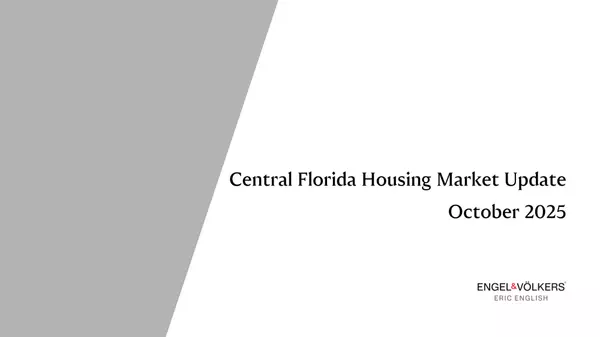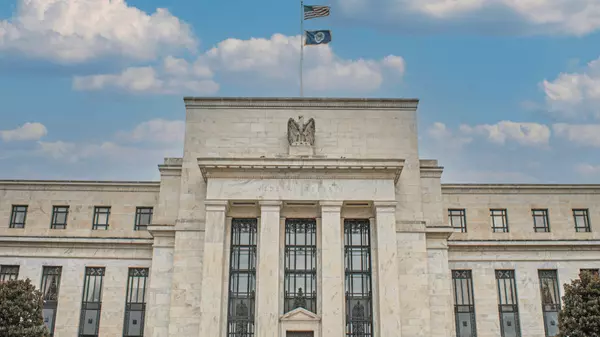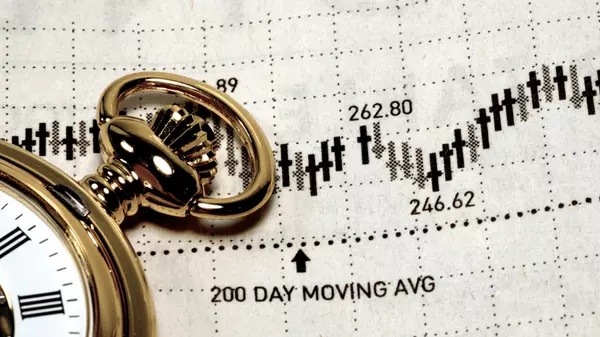This is Not 2008

Florida’s housing market, like many across the country, faces some challenges. Higher mortgage rates, increasing insurance costs, and flattening property prices have created shifts in the market landscape. Yes, inventory has increased—but talk of another 2008-style housing crash is far from reality.
According to the New York Fed's latest credit data, today’s homeowners are in a strong financial position, significantly different from the lead-up to the Great Financial Crisis. Here’s why:
1️⃣ Foreclosure Data Tells a Different Story
Unlike the mid-2000s, when toxic loan structures and a crumbling credit market left even employed households financially overextended, today’s environment is much more stable. This stability comes from the post-2010 Qualified Mortgage rules that promote fixed-rate mortgages and consistent payment structures. Recent data from Q3 shows a decline in foreclosure activity, demonstrating a stark contrast to the distress seen before the last crash.
2️⃣ High FICO Scores and Strong Cash Flow
The financial profiles of today’s homeowners reflect strong creditworthiness and stability. Buyers have high credit scores, secured 30-year fixed-rate loans, and benefit from disciplined underwriting standards. This leads to greater home equity and improved cash flow. The upward trend in FICO scores since 2010 aligns with wage growth and healthier economic conditions for most homeowners.
3️⃣ Limited Credit Stress
While economic downturns may cause some strain, the protections built into modern lending practices are substantial. As emphasized in HousingWire, the introduction of Qualified Mortgage rules has effectively shielded homeowners from the rampant credit stress seen during 2008. Even during recent economic disruptions like the COVID-19 pandemic and inflationary pressures, homeowners largely maintained financial stability. Conservative lending, home equity gains, and higher borrower qualifications have created a cushion that didn't exist in 2008.
4️⃣ Supply Side Realities
One of the most striking differences is the absence of a wave of distressed sellers flooding the market. In the previous crash, millions of homeowners found themselves in dire financial straits, contributing to a glut of inventory. In contrast, November 2024 saw only 48,863 new listings, a fraction of the hundreds of thousands during 2009-2011. This underscores the resilience of today's market and highlights lower loan-to-value ratios and stronger equity positions for homeowners.
In 2008, over 23% of homes were underwater. Today, that figure is at historic lows. Even more, roughly 40% of homes today have no mortgage at all, and for those with mortgages, the average loan-to-value ratio is under 50%. This strong equity position offers an additional layer of market stability and reduces risk for homeowners.
The key takeaway is that while today’s market has its complexities, it is not a repeat of the crisis of 2008. Homeowners are standing on a solid foundation, backed by strong credit, equity positions, and responsible lending.
Source: HousingWire, Nov 15, 2024
Categories
- All Blogs 142
- baldwin park 1
- brand refined 1
- business 1
- central florida 75
- city 1
- clermont 3
- commercial real estate 1
- communities 1
- Dallas Homes 1
- dogs 1
- down payment 1
- engel voelkers 1
- engel volkers 5
- engel volkers seven 1
- entrepreneur 2
- first time home buyer 2
- florida homes 2
- gen z 1
- golf 4
- home buyer 35
- home equity 2
- home improvement 1
- home loan 1
- home prices 4
- home purchase 2
- home repair 2
- home sale 2
- home seller 34
- home selling 4
- home staging 3
- homebuyer 9
- housing inventory 8
- housing market 59
- interest rates 16
- interior design 1
- investment 2
- lake county 8
- lake living 1
- lake mary 1
- lake nona 1
- lakefront homes 3
- land 1
- lifestyle 6
- list price 1
- local news 1
- luxury homes 8
- luxury real estate 4
- miami 2
- Middleton 1
- minneola 1
- Mortgage 10
- mortgage rates 2
- mount dora 3
- neighborhood 1
- new construction 2
- orange county 2
- orlando 32
- orlando homes 6
- personal development 1
- pre approval 1
- property taxes 1
- real estate 10
- real estate news 11
- realtor 5
- relocating 1
- relocation 1
- remodel 1
- restaurants 3
- retirement 3
- schools 2
- second home 1
- sumter county 1
- tampa 1
- the villages 4
- tourism 2
- vacation homes 1
- winter garden 2
- winter park 3
Recent Posts











